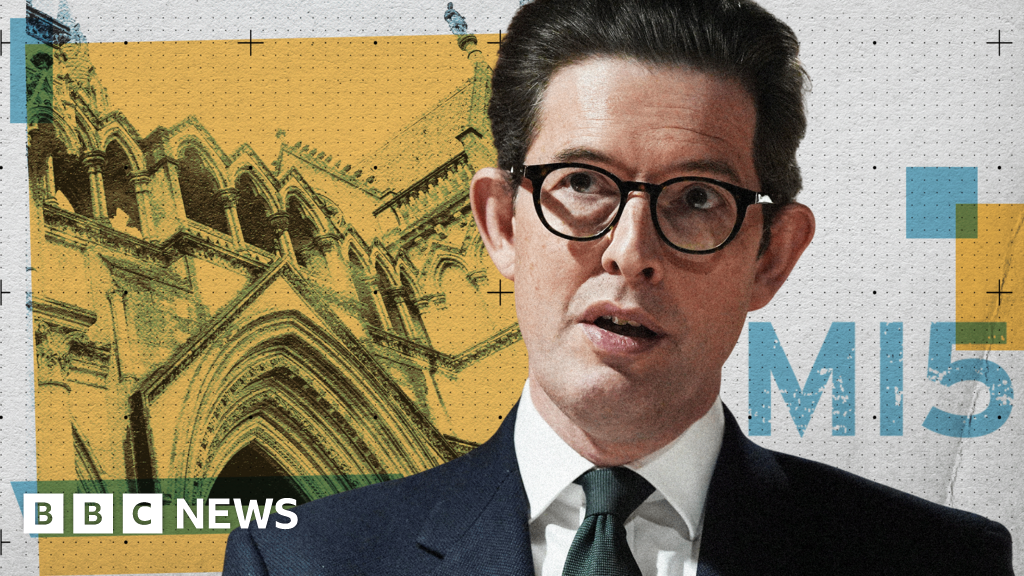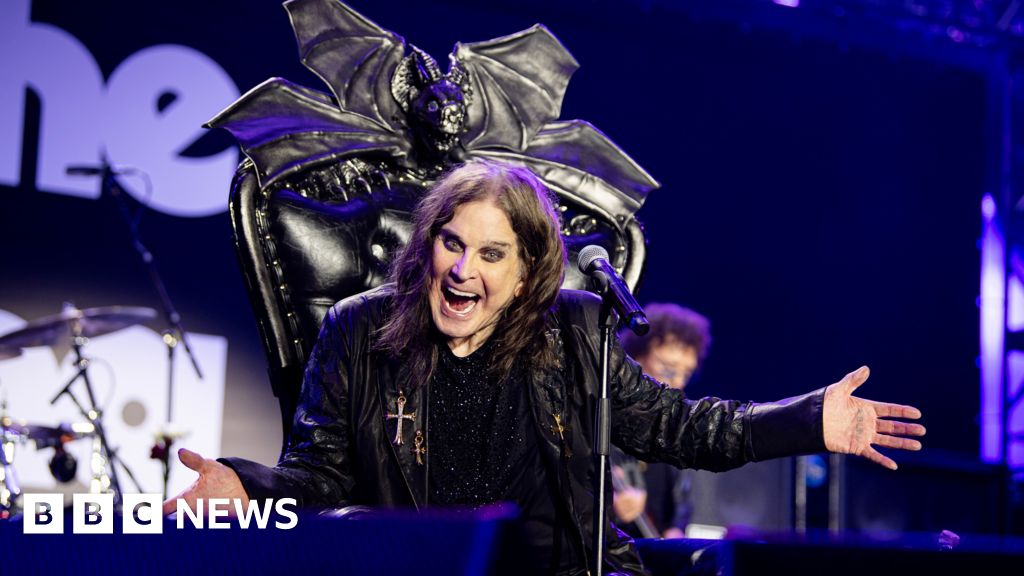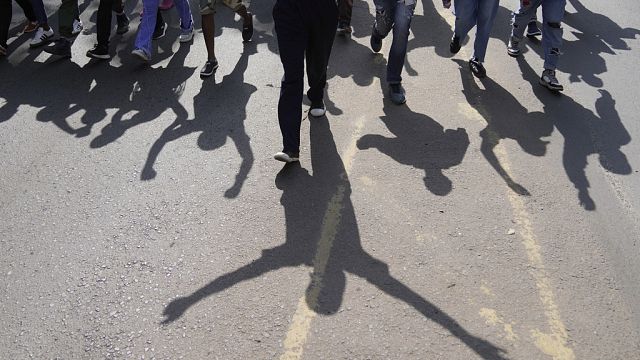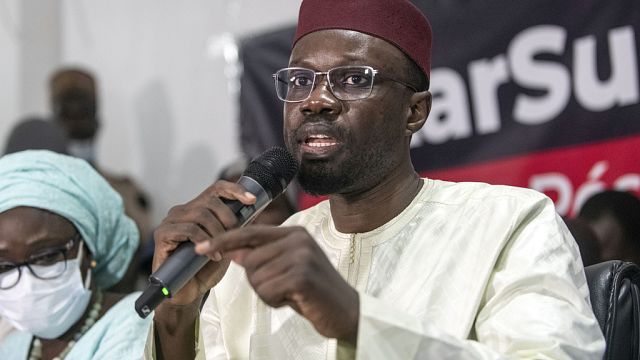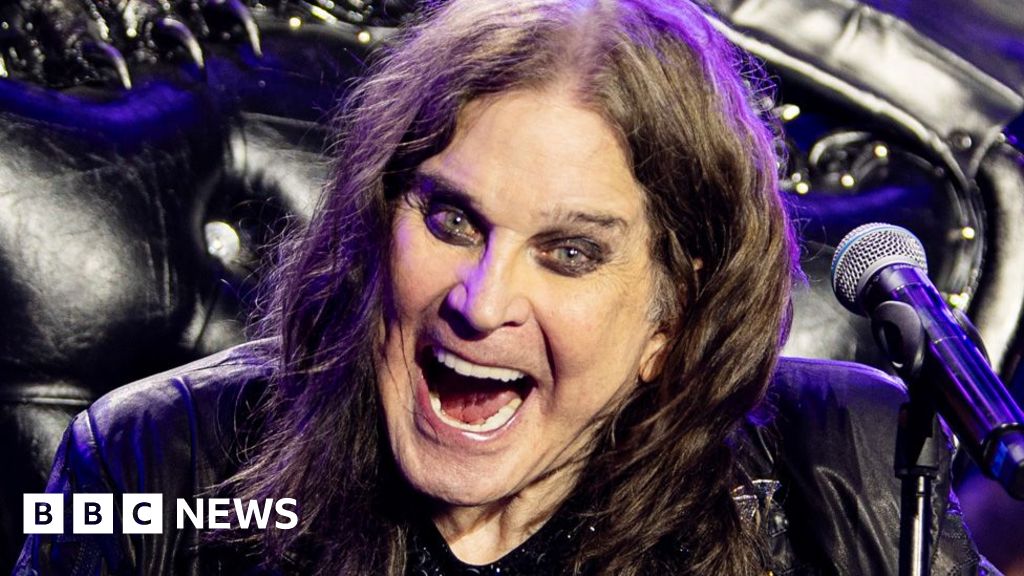Khamenei Appears in Public for First Time Since Israel War Began

Iran’s supreme leader, Ayatollah Ali Khamenei, appeared publicly on Saturday night for the first time since the 12-day war with Israel began last month, Iran’s state media and his official website reported.
Mr. Khamenei issued a defiant video message last week, in his second public statement after the U.S. bombing of Iranian nuclear facilities. But his long absence from public life was without precedent during his three-decade rule, and had fueled speculations about his health and threats to his life.
After weeks of sheltering in a bunker, Mr. Khamenei on Saturday night attended an annual Shiite religious ceremony for Ashura, which was held at his compound.
The attendees appeared surprised. When Mr. Khamenei walked in, wearing a black clerical robe and his checkered kaffiyeh, the crowd of hundreds of men and women rose to their feet, thumping their fists in the air, and chanting, “Heydar, Heydar,” a Shiite battle cry.
Mr. Khamenei waved and sat on the side of the stage, videos on state television showed. He did not address the crowd, which included the vice president, minister of justice, and speaker of the Parliament, sitting on the floor. Mr. Khamenei was the only person perched on a chair.
In his brief video messages to the public, after the United States bombed Iran’s nuclear sites and after a cease-fire with Israel went into effect, Mr. Khamenei appeared weak, struggling to finish sentences in a raspy voice.
In his statements, he declared Iran’s victory, although the country and its allies have been badly weakened by over a year of conflict with Israel.
Nonetheless, his appearance on the eve of Ashura, Shiite Islam’s most sacred religious ritual, commemorating the killing of the Prophet Muhammad’s grandson Hussein in the year 680, suggested a message of defiance and a return to normalcy. It was not clear whether Mr. Khamenei had permanently returned to his residence or would return to the bunker.
“Khamenei’s appearance at the Ashura religious ceremony tonight after weeks of absence from the public eye will undoubtedly energize his base,” said Omid Memarian, an Iran expert at DAWN, a Washington-based organization focused on U.S. foreign policy. “It will also allow the regime to push its narrative that neither Washington nor Tel Aviv has been able to dismantle the Islamic Republic’s rule.”
Sunday marks the end of a 10-day mourning period which culminates on Ashura, a period that is considered a major celebration of Shiite identity in Iran, Lebanon, Afghanistan and elsewhere. The supreme leader has hosted nightly mourning rituals at his residence for supporters and senior officials since 1979, when the Islamic revolution toppled the monarchy.
Mr. Khamenei’s supporters rejoiced when they heard the news of his appearance on Saturday night. Mostafa Tirgar, a political analyst in Tehran, said in an interview that he had been attending a neighborhood Ashura ceremony on Saturday night when someone shouted, “the supreme leader came.”
“Everyone turned on their phones immediately and started chanting” God is great and thanking God, he said. “The entire atmosphere changed, in the middle of grieving we were smiling and laughing. I felt like someone had announced victory in the war.”
For centuries, Ashura has been more than just a religious ritual, often reflecting the political and social movements of the time. During the revolution in Iran, a massive Ashura protest attended by millions was a turning point against the shah. In 2023, its gatherings and ballads became part of a protest movement, led by girls and women, that the government moved to crush.
Across Iran this year, ceremonies were dominated by a surge of nationalism that erupted in response to Israel’s military strikes.
Patriotic songs — including “Ey Iran,” an anthem from the era of the shah and recited by Iranians the world over — replaced religious Islamic ballads and many secular Iranians, even women without hijab, attended the ceremonies, videos on social media showed. In Yazd and Tehran, videos showed thousands of men wearing black attire, rhythmically beating their chests and singing in unison, “Iran, Iran.”
An Iranian official and former minister said the committee that organizes the 10-day religious events in his neighborhood had decided to allow all women and girls without hijab to participate, and even volunteer, alongside men — without even making a verbal request to cover their hair — in the interest of preserving the feelings of unity and nationalism following the war.
On Saturday night, Mr. Khamenei gestured for Haj Mahmoud Karimi, a well-known maddah, or religious vocalist, who typically serenades official religious events, to come to him, videos on state television showed. He whispered something to Mr. Karimi, who returned to the microphone declaring the supreme leader had requested that he perform his own rendition of “Ey Iran.” Mr. Khamenei beat his chest, and the crowd sang along.
What's Your Reaction?
 Like
0
Like
0
 Dislike
0
Dislike
0
 Love
0
Love
0
 Funny
0
Funny
0
 Angry
0
Angry
0
 Sad
0
Sad
0
 Wow
0
Wow
0


